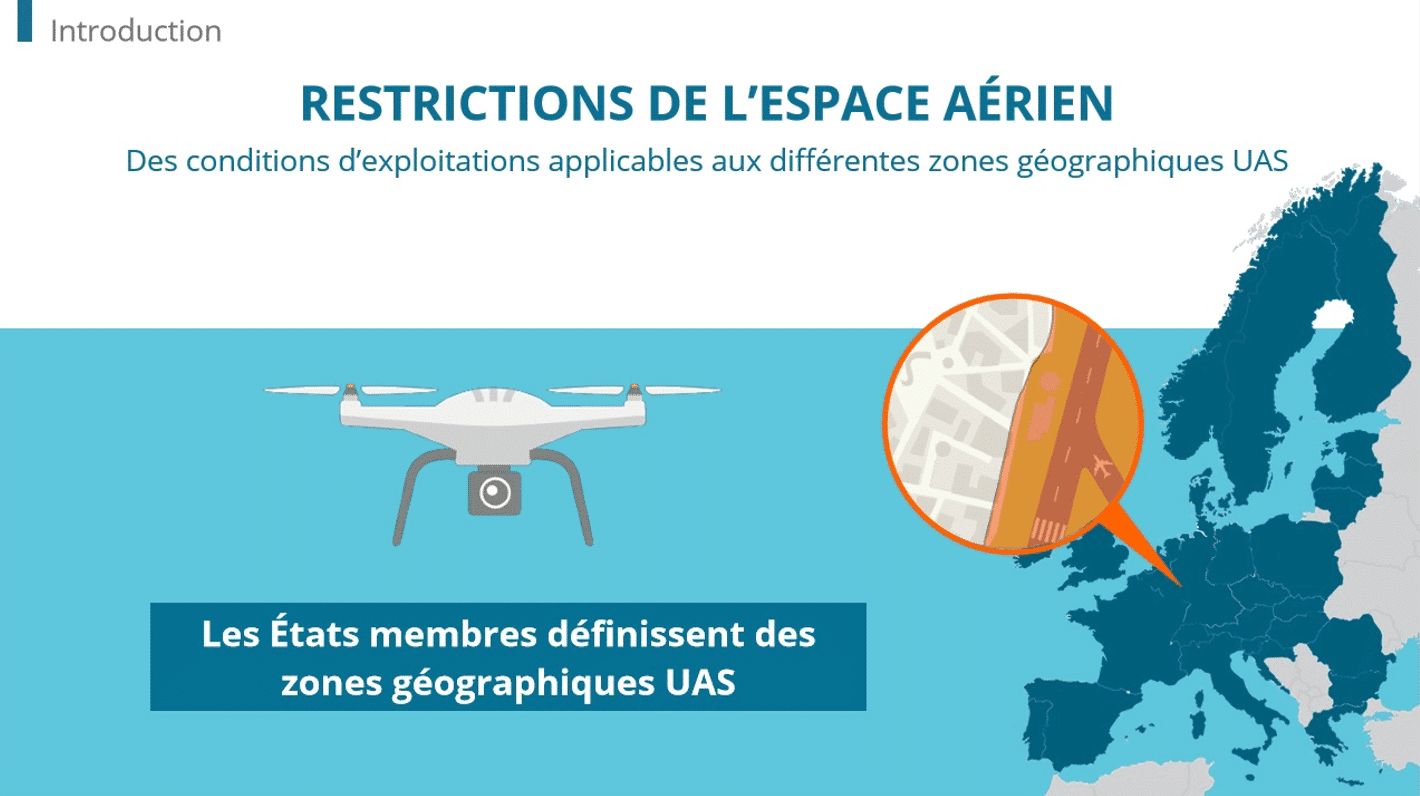How can you improve the way your learners go about conflict resolution? By using an e-learning scenario tree map.
There are two questions you need to ask:
- How do your learners react in conflict situations?
- How well are they equipped to handle difficult situations?
If you’re unsure of these answers, the scenario tree map could help.
Why create scenario tree maps?
A scenario is a story based in a realistic context in which characters interact with each other to resolve a source of tension. The scenario tree map shows learners decision-making options. Depending on their choice, learners are shown different results and are thus able to test several approaches to conflict resolution.
This artificial setting is realistic but risk-free, allowing learners to confidently approach the conflict and learn from their mistakes. As a result your learners will be better equipped to face such situations in real life.
Developing an e-learning scenario tree map
Tell a true story
Storytelling is the basis of your scenario. But don’t just tell any story: touch on real and authentic situations that affect your business – areas where errors are made and tensions come to the fore. The players in the story should seem real, recognizable and credible to face these issues. This staging of realistic situations will increase your learners’ engagement.
Focus on the context
Developing a context (before the content itself) will help you create situations that are readily identifiable to the learners. This identification improves their information retention! Play up the emotional aspects when considering your presentation style, narrative anecdotes, personal impacts and thought processes. This method of learning is much more than a simple transfer of information.
Present the story graphically
Look for the right visuals to anchor the context, characters and emotions in the scenario. Use storyboards for help. For example, write your story as a comic book and illustrate it using photos of real employees in their workspace. Avoid a narrative style in favor of speech bubbles for dialog or audio to enhance the authenticity, using voices for each character.
Challenge your learners
When forced to make a decision, learners appropriate the issues more effectively. They take control of the situation, as in real life. The story presents different outcomes depending on their choices, whether good, neutral and bad. Even if the outcome is unfavorable, they have not failed the test! After receiving feedback, a feedback loop allows them to get back on track and favorably resolve the situation.
You too can create scenario tree maps with Dokeos GAME.









































